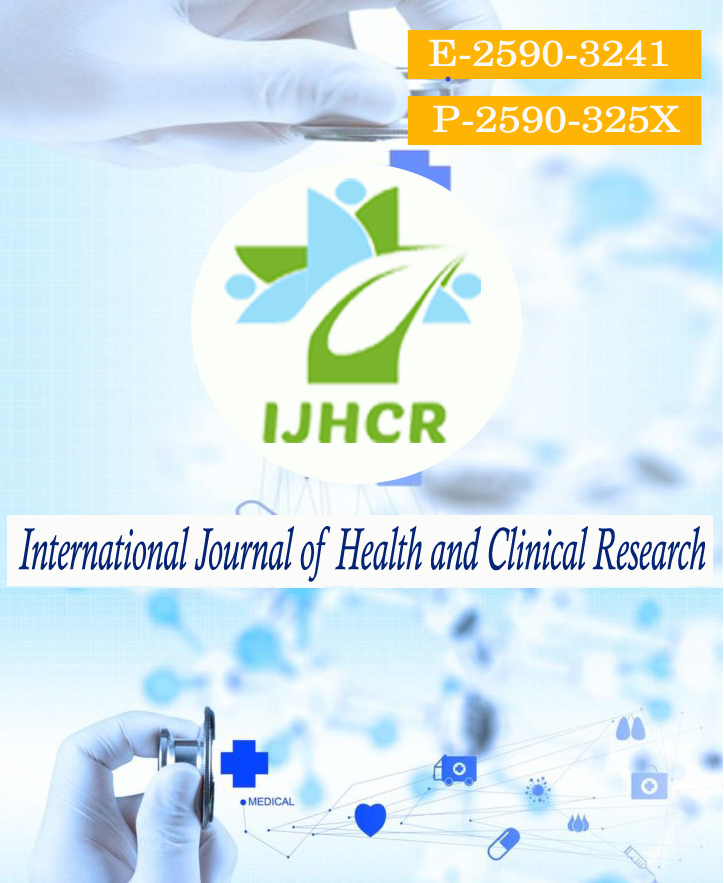Efficacy of disinfectants on biofilm production in catheter related infections
Keywords:
catheter-related infection, biofilm, MTP assay, disinfectants.Abstract
Background: Biofilms are complex microbial communities that are frequently connected with the colonisation of clinically relevant medical devices such as intravascular and urinary catheters. Approximately 82 percent of nosocomial septicaemias are caused by biofilm-producing bacteria colonising these catheters. Disinfectants with broad range multiple target activity are widely used in hospitals for skin antisepsis in order to successfully prevent nosocomial infections. The physician can combat catheter-related infections earlier if the right disinfectant strength and contact duration are used. Objectives: To isolate and identify various biofilm producing organisms among catheter- related infections and to evaluate the effect of disinfectants i.e., 0.5% chlorhexidine, 70% alcohol and povidone-iodine against such organisms. Methodology : Over a 12- month period, 110 catheter samples taken from 100 in-patients were investigated at the Department of Microbiology, Govt Medical College,Nalgonda. The samples were handled in accordance with industry standards. The microtitre plate method was used to detect biofilm formation, and the effect of disinfectants was studied by incubating biofilms with 0.5 percent chlorhexidine, 70% alcohol, and povidone-iodine for 1, 5, and 10 minutes. Results : A total of 50 organisms were isolated. Predominant organisms isolated from intravascular catheters were Candida spp. (78.4%) and Coagulase negative staphylococci (18.42 %); from urinary catheters were Coagulase negative staphylococci (30%) and
P. aeruginosa (10 %). 96.2% of isolates were biofilm producers. Incubation with 0.5% chlorhexidine, 70% alcohol led to a reduction of biofilm optical density after a contact time of 1 min and for povidone-iodine, biofilm optical density reduction was observed after 5 min. Chlorhexidine exhibited significant biofilm reduction in 96.4% clinical isolates, followed by povidone-iodine 92.8% and 70% alcohol (91.6%). Conclusion: The disinfectants reduced the biofilm at the different time intervals investigated, but none of them completely eradicated the biofilm. In catheterrelated infections, chlorhexidine was more efficient than povidone-iodine and 70% alcohol at reducing biofilm. This study underlines the need for skin antisepsis prior to catheter insertion and strict hand hygiene procedures before the formation of biofilms.
Downloads
Published
How to Cite
Issue
Section
License
Copyright (c) 2022 Archana M, Dangudubiyam Sree Usha

This work is licensed under a Creative Commons Attribution 4.0 International License.






 All articles published in International Journal of Health and Clinical Research are licensed under a
All articles published in International Journal of Health and Clinical Research are licensed under a 